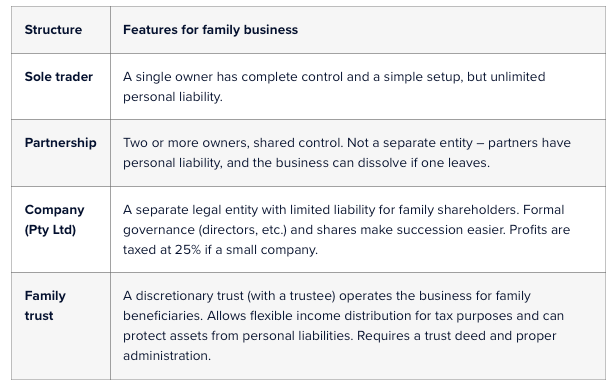COVID-19 Job Keeper Scheme Updates 08/04/2020
Ian Campbell • 20 April 2020
What is the JobKeeper scheme?
The JobKeeper scheme will help employers who qualify for the JobKeeper scheme retain staff during the downturn caused by the Coronavirus pandemic and support business recovery when conditions improve.
JobKeeper payments are payable to qualifying employers for a maximum of 13 fortnights in respect of each eligible employee on their books on 1 March 2020 who is retained by the employer.
Qualifying employers will receive a payment (fortnightly in arrears) of $1,500 per fortnight for each eligible employee.
Summary of the Job Keeper terms and conditions
Changes to the Fair Work Act 2009 will temporarily enable employers whom qualify for the JobKeeper allowance to have increased flexibility around employees’ hours of work. The flexibility will enable, stand down direction, performance of duties within the employees’ scope and capabilities and location of work. There will also be changes to increase the flexibility around annual leave and days and times at work.
There also obligations on the employer when implementing the above changes and they are:
- an employer must consult the employee (or a representative of the employee) before giving a direction;
- directions must (among other things) not be unreasonable in all of the circumstances, and directions in relation to duties to be performed by an employee or their location of work must be supported by an employer’s reasonable belief this is necessary for the continued employment of one or more employees of the employer.
Stand Down provisions under JobKeeper are different the normal stand down provisions of the Fair Work Act 2009 and are as follows:
The employee cannot be usefully employed for their normal days or hours during the JobKeeper enabling stand down period because of changes to business attributable to the Coronavirus pandemic or government initiatives to slow Coronavirus transmission, and
it can be implemented safely, having regard (without limitation) to the nature and spread of Coronavirus).
Changes to business could include, for example, less patronage and the closing of stores. This one is of significance as previously you could not stand down due to a downturn in business.
Normally only 3 days’ notice needs to be given to the employee for the changes (after you have consulted with the employee) to take place and ensure a written record is kept off the consultation and direction.
The Fair Work Commission will be able to resolve disputes, including by arbitration.
What are my payment Obligations under JobKeeper?
As an Employer you have an obligation to ensure that you meet the JobKeeper payment obligations to your employees, through ensuring the payments are made fortnightly and if the employee has performed greater hours then the JobKeeper payment covers then they must be remunerated accordingly.
If you stand down an employee as part of the JobKeeper stand down provisions you cannot reduce the employees’ hourly rate of pay, they were receiving prior to JobKeeper.
What if my employee is on paid leave during the JobKeeper period?
A JobKeeper enabling stand down direction does not apply while an employee is taking paid or unpaid leave authorised by the employer (for example, annual leave), or is otherwise authorised to be absent (for example, on a public holiday).
How does leave accumulate during the JobKeeper period?
An employee who is subject to a JobKeeper enabling stand down direction accrues leave entitlements as if the direction had not been given, and any entitlements to redundancy pay and payment in lieu of notice of termination are to be calculated as if the direction had not been given. Normal leave accruals apply.
One important point to remember that these provisions only apply if you are receiving JobKeeper payment for your employees.
These amendments are time-limited and will automatically be repealed on 28 September 2020.

